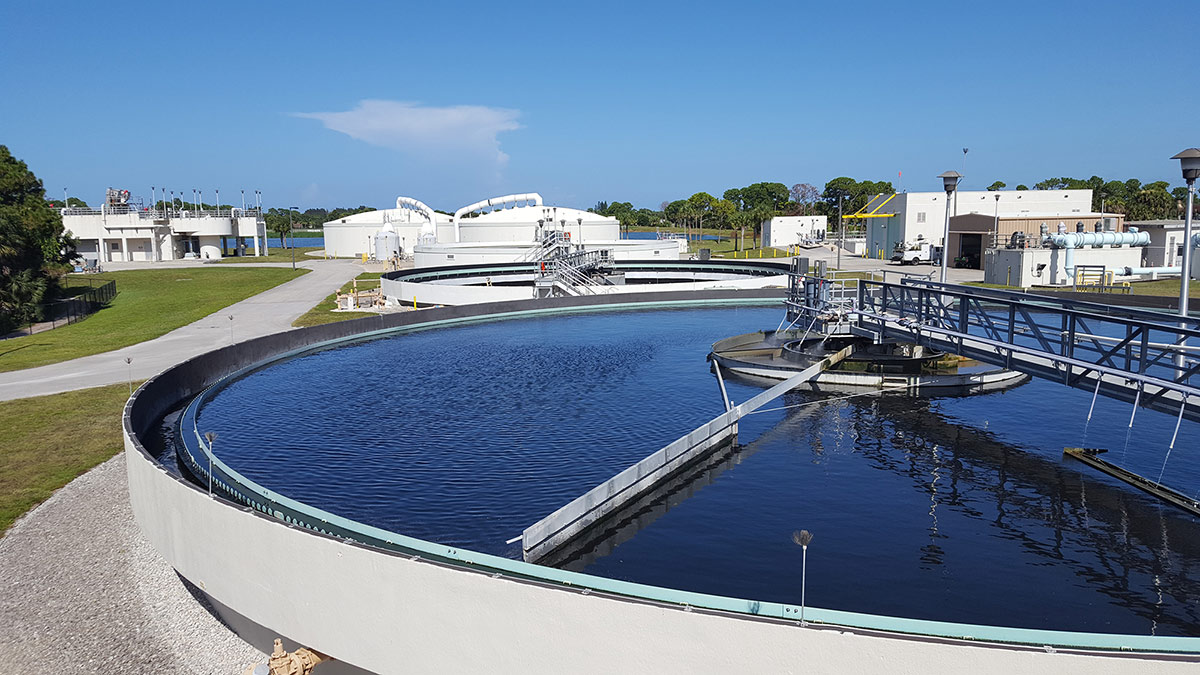Strategic Approaches to Enhance Waste Water Therapy Efficiency and Reduce Environmental Impact
In the world of drainage treatment, the pursuit for improved efficiency and minimized environmental influence is a perpetual obstacle that demands strategic services. As society comes to grips with the necessary to handle water sources sustainably, a nuanced approach becomes crucial. The integration of advanced therapy innovations, energy-efficient processes, source recuperation methods, enhanced nutrient removal techniques, and smart monitoring and control systems represents a multifaceted structure for resolving these pushing concerns. What lies at the core of this complicated web of strategies is the prospective to change the way we come close to waste water treatment, not simply as a process of disposal, but as a beneficial chance for technology and environmental stewardship.
Advanced Therapy Technologies
Sophisticated membrane filtration systems have reinvented sophisticated wastewater therapy processes, considerably boosting the elimination of contaminants. These ingenious systems operate forcibly water via a semi-permeable membrane layer, successfully dividing pollutants from the water stream. The membrane layer's microscopic pores catch pollutants such as germs, viruses, and suspended solids, permitting only purified water to pass through. This technology has actually shown to be very effective in removing a vast array of impurities, consisting of pharmaceuticals, heavy steels, and organic substances, which are commonly challenging to remove through typical therapy approaches.
Furthermore, membrane layer filtering systems provide numerous benefits over traditional treatment strategies. Additionally, these systems are very flexible and can be easily incorporated into existing treatment plants or used as standalone devices for decentralized applications.
Energy-Efficient Processes
The assimilation of energy-efficient procedures in wastewater therapy systems is important for optimizing resource usage and decreasing operational costs. By implementing energy-efficient innovations, treatment plants can substantially decrease their carbon footprint and overall environmental effect. One vital method to boosting power efficiency in wastewater treatment is the application of sophisticated oygenation systems, such as great bubble diffusers or surface aerators, which can enhance oxygen transfer efficiency and lower energy usage. Additionally, integrating power healing systems, like anaerobic food digestion for biogas production or utilizing excess warmth for thermal procedures, can help counter power needs and promote sustainability.
Additionally, maximizing procedure control and automation with making use of innovative sensing units and keeping track of systems can boost general energy performance by readjusting procedures in real-time based upon real demand and problems. Carrying out energy audits and frequently keeping an eye on power efficiency indications are necessary practices to determine areas for renovation and track energy-saving campaigns efficiently. On the whole, the adoption of energy-efficient processes in wastewater therapy not only benefits the atmosphere however additionally contributes to lasting cost savings and operational sustainability.
Source Healing Methods
With an emphasis on maximizing resource usage and sustainability in wastewater therapy systems, the execution of source healing approaches becomes a critical facet in improving operational effectiveness. Resource healing methods in wastewater therapy include the recognition and removal of valuable sources from the waste stream, thereby turning what was once thought about waste right into an important asset. By applying resource recuperation methods such as nutrient removal and recuperation, power generation from organic issue, and the production of multiple-use water, wastewater treatment plants can minimize environmental impact while taking full advantage of performance.

Improved Nutrient Elimination Strategies
Executing advanced nutrient removal strategies is crucial for maximizing the effectiveness of wastewater treatment systems. Boosted nutrient removal plays a vital function in reducing the environmental impact of treated effluent released into water bodies. Among the key strategies made use of for improved nutrient elimination is the process of organic nutrient removal (BNR), which involves the elimination of nitrogen and phosphorus with organic procedures. This can be achieved via making use of specialized microorganisms that can transform nitrogen compounds into inert nitrogen gas through denitrification, and gather phosphorus within their cells through a procedure called enhanced biological phosphorus removal (EBPR)

In enhancement to BNR, progressed therapy techniques such as membrane bioreactors (MBRs) and constructed marshes can also be utilized to enhance nutrient removal performance. By including these sophisticated nutrient removal techniques into wastewater therapy systems, municipalities and industries can effectively lower nutrient air pollution and shield the environment.
Smart Tracking and Control Systems
Utilizing sophisticated modern technology, the assimilation of smart monitoring and control systems changes the functional effectiveness of wastewater therapy facilities. These systems incorporate advanced sensing units and data analytics to continually go to my site check essential criteria such as pH levels, turbidity, liquified oxygen, and flow prices in real-time. By gathering and evaluating this data, drivers can get useful understandings into the efficiency of the treatment procedures, making it possible for positive changes to enhance treatment performance.
Smart monitoring and control systems additionally support remote monitoring abilities, allowing operators to accessibility real-time information and control features from off-site locations. This remote ease of access boosts operational versatility and responsiveness, enabling quick interventions in instance of system malfunctions or changes in influent top quality. The predictive upkeep capabilities of these systems aid stop devices failings and minimize downtime, eventually improving the general integrity of wastewater treatment procedures.
Conclusion
To conclude, calculated methods such as innovative therapy innovations, energy-efficient processes, source recuperation strategies, boosted nutrient removal techniques, and wise tracking and control systems play a crucial role in boosting wastewater treatment performance and minimizing environmental impact. By carrying out these techniques, wastewater treatment plants can enhance their general performance, lower power intake, recoup important sources, and ensure conformity with ecological regulations. These techniques are essential find more info for lasting and reliable wastewater administration techniques.

In final thought, calculated strategies such as advanced therapy technologies, energy-efficient procedures, resource healing strategies, boosted nutrient removal techniques, and smart tracking and control systems play an important role in improving wastewater treatment effectiveness and reducing ecological impact.